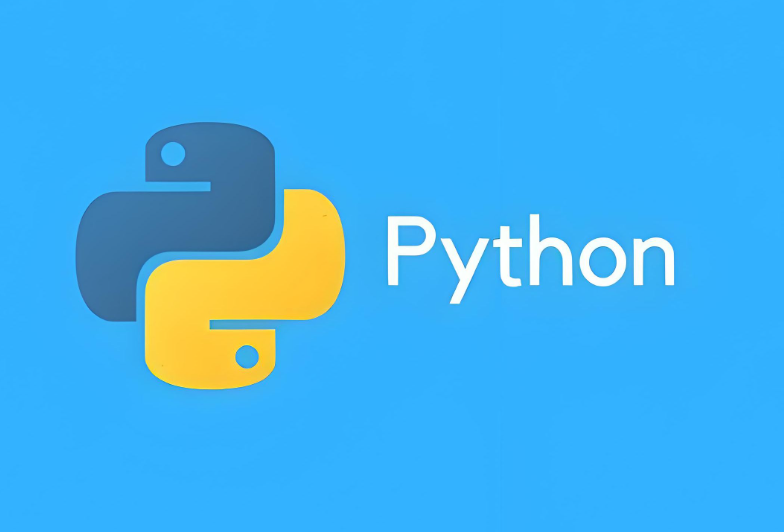Node.js操作SQLite数据库的指南如下:
一、安装SQLite3模块
首先,你需要在你的Node.js项目中安装sqlite3模块。你可以使用npm(Node包管理器)来安装它。在你的项目目录下打开命令行窗口,然后运行以下命令:
npm install sqlite3![图片[1]_Node.js中操作SQLite数据库的详细步骤与指南_知途无界](https://zhituwujie.com/wp-content/uploads/2024/04/d2b5ca33bd20240426110202.png)
二、创建数据库连接
安装完sqlite3模块后,你可以在你的Node.js代码中创建一个SQLite数据库的连接。下面是一个简单的例子:
const sqlite3 = require('sqlite3').verbose();
let db = new sqlite3.Database(':memory:', (err) => {
if (err) {
return console.error(err.message);
}
console.log('Connected to the in-memory SQlite database.');
});在这个例子中,我们创建了一个到内存中的SQLite数据库的连接。如果你想连接到一个实际的文件数据库,你只需要将’:memory:’替换为你的数据库文件路径即可。
三、执行SQL查询
一旦你创建了数据库连接,你就可以开始执行SQL查询了。下面是一个执行SELECT查询的例子:
db.serialize(() => {
db.each(`SELECT * FROM myTable`, (err, row) => {
if (err) {
return console.error(err.message);
}
console.log(`ID: ${row.id} Name: ${row.name}`);
});
});在这个例子中,我们使用db.each方法来遍历查询结果。你也可以使用db.get方法来获取查询结果的第一行,或者使用db.all方法来获取所有查询结果。
四、执行SQL命令
你还可以使用db.run方法来执行SQL命令,如插入、更新或删除数据:
db.run(`INSERT INTO myTable (name) VALUES (?)`, ['John Doe'], (err) => {
if (err) {
return console.error(err.message);
}
console.log('A row has been inserted');
});在这个例子中,我们向myTable表中插入了一行新的数据。?是一个占位符,它将被后面的参数数组中的对应值替换。
五、关闭数据库连接
当你完成对数据库的操作后,你应该关闭数据库连接以释放资源。你可以使用db.close方法来做这件事:
db.close((err) => {
if (err) {
return console.error(err.message);
}
console.log('Close the database connection.');
});这就是在Node.js中操作SQLite数据库的基本步骤。请注意,这只是一个基础的指南,SQLite和Node.js都提供了更多的功能和选项,你可以根据你的具体需求来学习和使用它们。
© 版权声明
文中内容均来源于公开资料,受限于信息的时效性和复杂性,可能存在误差或遗漏。我们已尽力确保内容的准确性,但对于因信息变更或错误导致的任何后果,本站不承担任何责任。如需引用本文内容,请注明出处并尊重原作者的版权。
THE END

























暂无评论内容